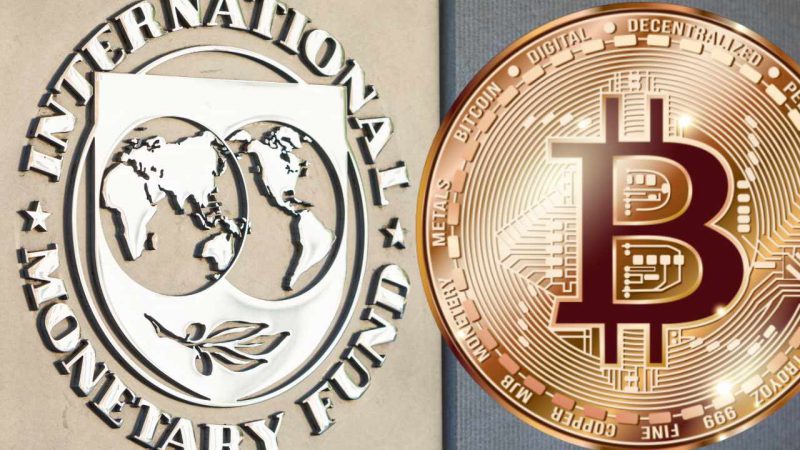The International Monetary Fund did seem to come after Bitcoin in a bare-knuckle manner on one of its blogs on cryptocurrency.
The Tobias Adrian and Rhoda Weeks-Brown article did stir conflicting emotions among crypto pundits.
While some were exhilarated to hear that the I.M.F. had taken its side on this issue, others saw the article as retrogressive, hence dismissed it.
The IMFBlog is an information forum that enables the International Monetary Fund staff, and officials’ explain their views on global economic issues at a given time. The opinions given do not necessarily represent the I.M.F. ‘s views; however, many believe that they contribute to shaping international economic policies in the works.
WHY an IMF Position on Bitcoin Matters
Established in 1944, I.M.F. comprises 190 countries that finance it by paying their capital subscription.
The International Monetary Fund in turn, monitors their economies and monetary systems to lend a helping hand in the best way it can. Notably, it will identify economic risks and then recommend growth policies for financial stability.
The best-known means by which I.M.F. tackles these issues through the issuance of loans.
Additionally, I.M.F. is one of the biggest lenders globally as it provides various loan facilities, like the commercial and emergency ones.
These loans aren’t all milk and honey, given the vast interests that they generate. But still, many countries look up to them in order to make it through a financial year.
Hence, I.M.F still has a firm grip on some world economies and consequently their governments.
The Feud
The I.M.F. has been working day and night to stabilize fiat money currencies. It does this by collecting, investing, distributing and re-distributing billions of monies to governments while operating under the influence of some rich people. And it’s no secret that these people would still like it to remain this way.
Periodically, vast sums of money are lent out by the I.M.F. to member countries. And the loans are used for rebuilding their reserves, paying for imports, restoring economic growth and stabilizing their currencies.
And this is where the clash between the I.M.F. and Bitcoin comes in.
There are and will only ever be 21 million coins for Bitcoin. Coins that do not need a centralized system to be used in transactions or an exchange rate fee; as a bitcoin in one part of the world, remains a bitcoin in another part of the world.
Meaning that running an ‘I.M.F. like’ organization with control over economies would be nearly impossible if Bitcoin took the wheel.
Because, how does one remain in power if they can’t control the supply and the distribution?
This, among many other things, is the cause of the back and forth between the I.M.F. and Bitcoin.
The Fight
Recently, the IMF did a tactical cherry picking on bitcoin on its blog as evidenced by the following tweet.
The blog BY IMF stated that making the likes of Bitcoin, a national currency, would be similar to one taking an inadvisable shortcut.
This statement is considered tactical because it comes at a period when Bitcoin is receiving unprecedented rallies and acceptance from both developed and developing countries.
The tweet and the blog post did not sit well with the community. As many cited a knowledge gap on I.M. F’s part, particularly on stating that Bitcoin is a private-issue asset.
Conclusion
With all this in mind, crypto embracing countries have still not shied away from opening the doors wider for bitcoin.
Honduras recently installed its first crypto machine, and Cuba decided to recognize and regulate cryptocurrencies such as Bitcoin.





